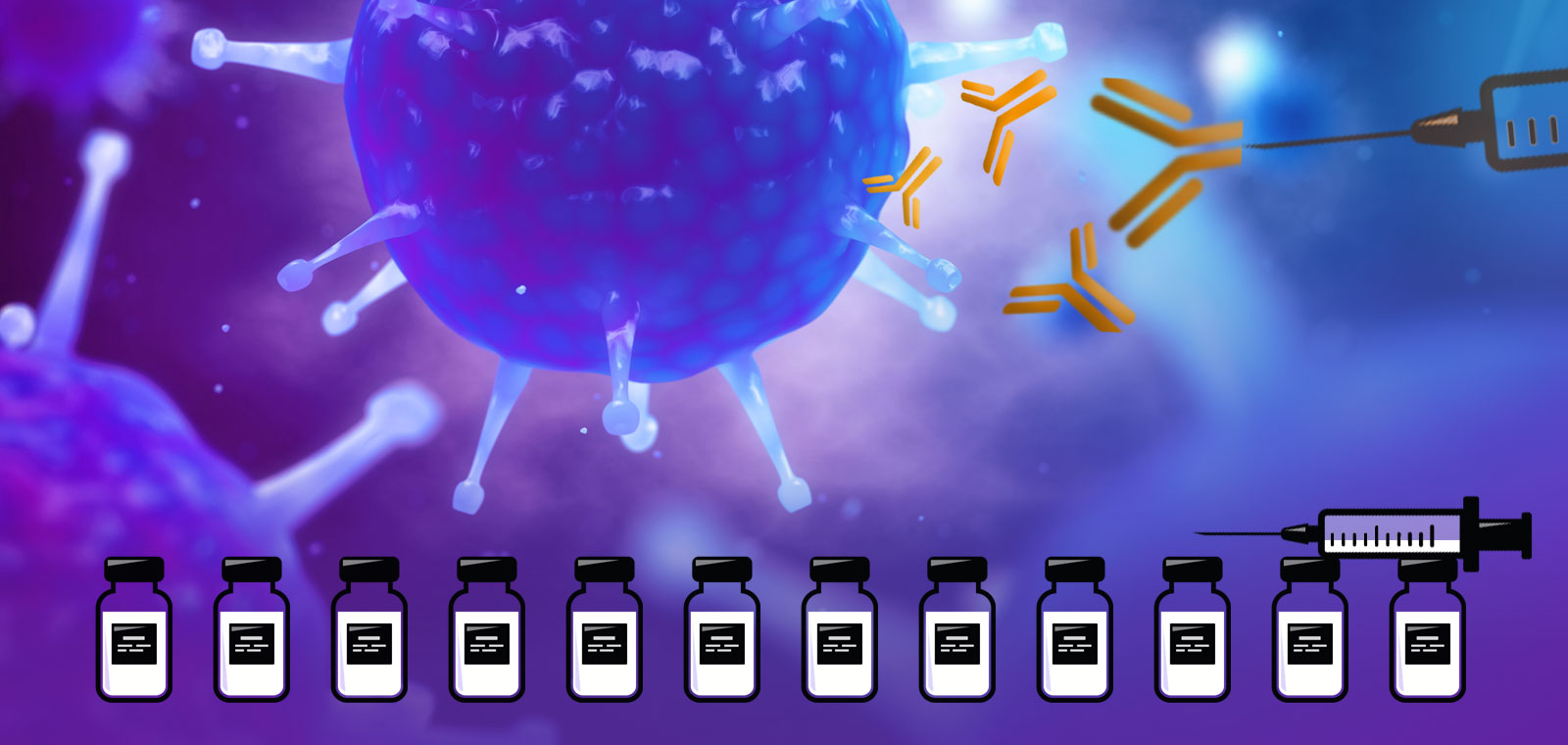
On March 17, 2020, BPRC received permission from the Central Animal Experiments Committee for COVID-19 work. Today, exactly a year later, our monkeys collaborated on twelve vaccines and one drug.
They previously helped us in the fight against measles, smallpox, tuberculosis, HIV and polio. Monkeys have played a vital role in biomedical science for decades. And even now during the corona crisis, we appeal to them again. We look back on the past year.
Permission for infection model
Vaccines protect us against serious diseases, medicines are actually intended to heal us. Before we can answer the question of whether vaccines and medicines work, we must therefore first know what the clinical picture is without the vaccine or medicine. In laboratory animals, and therefore also in monkeys, we call this "setting up the infection model". The permission of the Central Committee on Animal Experiments meant that BPRC was allowed to set up a COVID-19 model and then investigate vaccines and medicines against this disease. There is a lot to consider when setting up a new laboratory animal model.
Safe
First of all, safety. SARS-CoV-2 is classified at safety level 3. This is the highest safety level at which BPRC can and may operate and that we also use for our tuberculosis research, for example. The level 3 laboratories and animal enclosures are completely closed off from the outside air via so-called hepa filters. These filter all pathogenic particles from the extracted air. Employees are fully protected because they work in so-called "moon suits" and they breathe hepa-filtered air through a special mask.
Where do you get a virus?
With the permission of the Central Committee on Animal Experiments and the correct safety measures, you are not there yet. Because where do you get a virus from, for example? This is well organized within Europe. The European Virus Archive is a kind of supermarket for viruses. For research purposes you can apply there for well-characterized viruses. We applied to work with a virus isolate from Munich that came from a traveler who returned from Wuhan infected with SARS-CoV-2.
From little to a lot of virus
And then the time had come. A courier arrived with a large box packed with dry ice (-80˚C) containing a carefully packed ampoule with the virus, on which the world seems to revolve. Setting up an entire line of research with one ampoule is not possible, so we grew the virus on a cell line to multiply the virus particles and build up our own stock. The stock of virus in the ultra-freezer is not only necessary to set up the experimental animal model, but also to set up and validate all kinds of laboratory tests.
Animal welfare
While we were busy with these preparations, we of course also heard through the media about critically ill people on the ICs. We were a little concerned, what would the virus do to our monkeys? Little was known about this in scientific journals at the time. Thanks to collaboration with Erasmus MC, we knew that our monkeys are susceptible to the virus and that the infection causes mild COVID-19 symptoms. Still, the first experimental infection at BPRC was very suspenseful. Both for the animal careworkers, the veterinarians and the researchers. We have carefully mapped the infection and associated disease symptoms in monkeys. Fortunately, we did not see any unexpected phenomena. Based on CT scans, among other things, we now know that SARS-CoV-2 infection in monkeys is comparable to a mild infection in humans.
Twelve months, twelve potential vaccines
Of course it is a coincidence that we tested exactly twelve vaccines after twelve months. But it does illustrate that the past year was sometimes quite a roller coaster. All over the world, universities, research institutes and companies were developing COVID-19 vaccines, preparing human clinical trials and consulting with regulators. Nobody wants delay. Monkey studies are an important part in COVID-19 vaccine development, the pressure was high, you don't want the development of a promising vaccine candidate to be delayed.
On the front line
Over the past year, BPRC has been at the forefront of the COVID-19 epidemic. And although the reason for our research was not fun, these were also very suspenseful times. This is what BPRC is good at, being the link between fundamental and applied scientific research. The pandemic suddenly made our work very visible.
Result
Working on the front line also means a relationship of trust. Our scientific partners trust we do not make any statements about their vaccines and/or medicines. They are the developers, and BPRC is one of the important links in the whole process. It is not up to us to publish the results. But we are extremely proud to say that one of the vaccines we have co-tested has now been approved by the EMA and FDA, and thus one of the four vaccines that has been approved for use in humans.
What next
The corona virus has not yet faded. It still makes victims every day. It's up to the vaccines to put an end to this. The big question now is whether the approved vaccines are effective against all new virus variants.
How does corona vaccine testing work at BPRC?
We made a (Dutch) video about this that can be viewed here.

